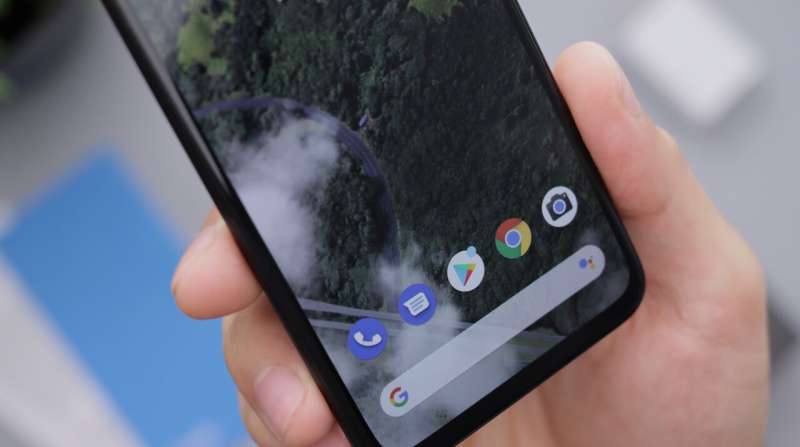This article has been reviewed according to Science X's editorial process and policies. Editors have highlighted the following attributes while ensuring the content's credibility:
fact-checked
trusted source
proofread
Hybrid classification algorithm improves recognition of human activity

Research in the International Journal of Computer Applications in Technology introduces a hybrid classification algorithm aimed at improving the recognition of human activities using smartphone data. The work could have implications for various fields, including health care and personal support.
Ahmad Taher Azar of both the Prince Sultan University in Riyadh, Saudi Arabia and Benha University in Benha, Egypt, hoped to demonstrate a tool for accurately categorizing six distinct human activities: lying, sitting, standing, walking, walking upstairs, and walking downstairs. He used supervised machine learning techniques that merged Random Forest Decision Trees (RFDT) and Neural Networks (NN) to this end.
The hybrid approach was able to classify six human activities with an accuracy rate of 96%. This surpasses the performance of individual machine learning techniques like NN or RFDT and is comparable with the current state-of-the-art methods. However, what sets this algorithm apart is its efficiency in processing. The hybrid algorithm can infer behavior from smartphone behavior in just 0.073 seconds compared to the accuracy achieved with a Convolutional Neural Network (CNN), which can take well over 1.5 seconds to do the same job and reach a similar level of accuracy.
Azar's work emphasizes how useful such an efficiency improvement could be in that it would allow real-time processing of smartphone data even on devices without a built-in dedicated computer processing unit for coping with such tasks. This capacity has considerable implications, particularly in scenarios where immediate and accurate activity recognition is essential, such as in health care and personal support applications. A particularly timely application would be for patient support and monitoring on so-called "virtual wards" where the patient usually remains in their home and is looked after by health care professionals remotely using telemedicine tools for monitoring and advising.
It is worth noting that there remain several challenges for this kind of research. The identification of basic movements such as climbing the stairs or lying down is achievable provided the person has their smartphone about their person at all times. However, there is a need for deeper recognition of emotional state and other factors important to that person's health and well-being.
More information: Ahmad Taher Azar, Hybrid machine learning approach for human activity recognition, International Journal of Computer Applications in Technology (2023). DOI: 10.1504/IJCAT.2023.133307
















